Whilst at the JMU Field Camp in Ireland this summer, my former student Alan Pitts (author of Not Necessarily Geology), collected this lovely “pocket fold” near Derryclare Lough and brought it back to the States. A couple of weeks ago, after a graduate school advising session at a pub in Fairfax, Alan gifted me the sample.
Though I was totally psyched for the brand new ancient pocket fold, it kind of smelled like Ireland: a wet, soggy, peaty waft that I found disagreeably dank. It gave of hints of mildew, of bogs and damp smoke, of potato famines and depression, of plant tannins and old algae.
So I attempted to kill off some of the microbes, lichens, and moss inhabiting the fold by soaking it bleach:
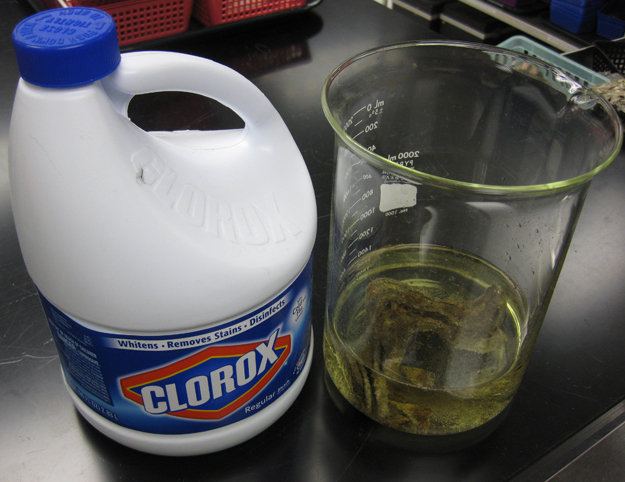
Disinfection in process:
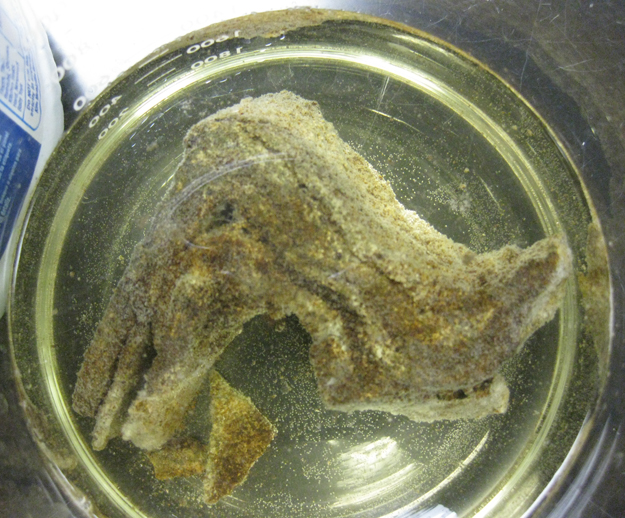
A day later, it’s out of the bleach bath and resplendent in dry, more antiseptic glory:
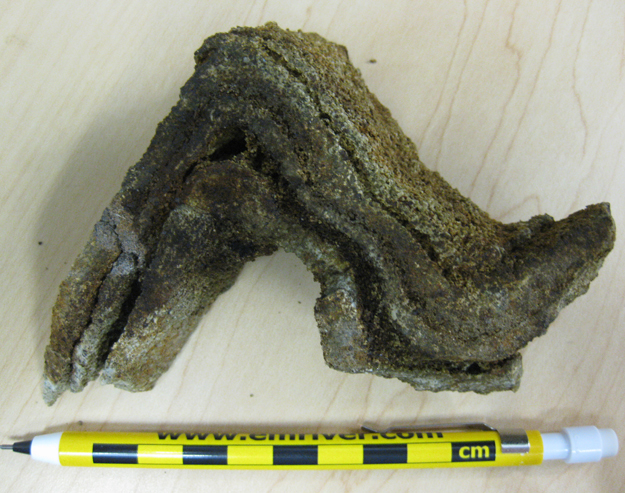
And the flip side:
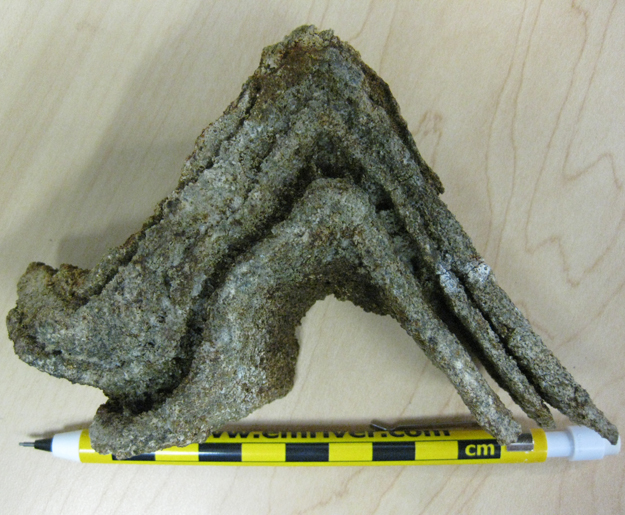
The sample is a chunk of metasedimentary Streamstown Formation, one of the formations in the Neoproterozoic Argyll Group, part of the Dalradian Supergroup of western Ireland. The next formation down in the stack is a quartzite; the Streamstown is overlain by the gorgeous Lakes Marble. You can see how weathered it is – with the pelitic layers (formerly muddy bits) weathering out more rapidly than the psammitic layers (formerly sandy bits). We saw similar differential weathering last week in a Friday fold from Georgia.
Thanks Alan!










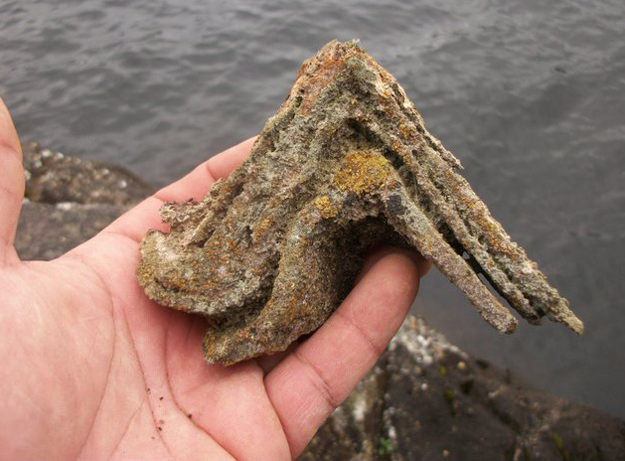





%20(2)%20(1).jpg)


Discussion about this post